One of the most important, yet overlooked, metrics in a used vehicle operation and key to managing the pre-owned inventory effectively is maintaining an efficient time-to-line metric. Time-to-Line is the concept that refers to how long it takes for a vehicle to become “retail ready” for the front line of the pre-owned lot. This metric entails accounting for the following;
- Transportation of the vehicle to the dealership
- Mechanical inspection of the vehicle
- Repair work on the vehicle (mechanical, tires, brakes)
- Reconditioning and detail of the vehicle
Developing a tracking system or utilizing software like Rapid Recon that tracks and monitors the time and location of each pre-owned vehicle is the most efficient way of managing this important aspect of the pre-owned inventory.
Holding costs refer to the carrying cost of inventory incurred from the operation of the pre-owned department. These costs include storage and fixed overhead excluding variable expenses. NCM and NADA data estimates that the average holding per day, per vehicle is forty dollars. Many dealers have shown even greater daily holding costs.
- At $40 holding cost, a 12-day time to line costs a dealership $480 per vehicle
- At $40 holding cost, a 16-day time to line costs a dealership $640 per vehicle
When compared to the average gross profit per vehicle on the sales side, we realize that slow time to line processes directly impact the net profit. Time to line is an invisible cost from the front end of the pre-owned department, it’s only when we calculate the holding cost factors that we realize how much a slow or inefficient process can impact the bottom line.
Needless to say, if you look at this from the other side of the coin, reducing the amount of time to line will also reduce your holding costs. Here at VAN, we are constantly on the lookout for best practices to improve time to line. Acquiring vehicles from private sellers is a great way to dramatically improve time to line, transportation costs and several days of the associated holding costs are eliminated as consumers bring their vehicles to the dealership.
We’ve interviewed Dennis McGinn, CEO of Rapid Recon; Mike Anderson of Rikess Group and benchmark methods that support the improvement of your time to line metric. Below are a few of the best practices that we see supporting a strong time to line metric.
- Assigning a Service Advisor to oversee the repair and reconditioning for pre-owned
- Agreeing on threshold approvals for the most common repairs and replacements
- Prioritizing and sequencing the repair and reconditioning work to be completed
- Tracking the stages of repair and reconditioning processes at all times
Examining your pre-owned work flow, implementing a monitoring system to review for efficiencies and refining these processes will result in thousands of dollars of savings per month, avoid losing track of vehicles and reduce the stress of getting pre-owned vehicles ready for sale.


![How to Track Your Time-to-Line and Combat Margin Compression [VIDEO]](https://blog.buywithvan.com/hs-fs/hubfs/Imported_Blog_Media/van-uni-webinar-v4-dennis-mcginn-time-to-line.png?height=500&name=van-uni-webinar-v4-dennis-mcginn-time-to-line.png)


![3 New Tips for Handling Price Objections with Private Sellers [VIDEO]](https://blog.buywithvan.com/hs-fs/hubfs/Imported_Blog_Media/VAN-Handling-Price-Objections-private-sellers.jpg?height=500&name=VAN-Handling-Price-Objections-private-sellers.jpg)